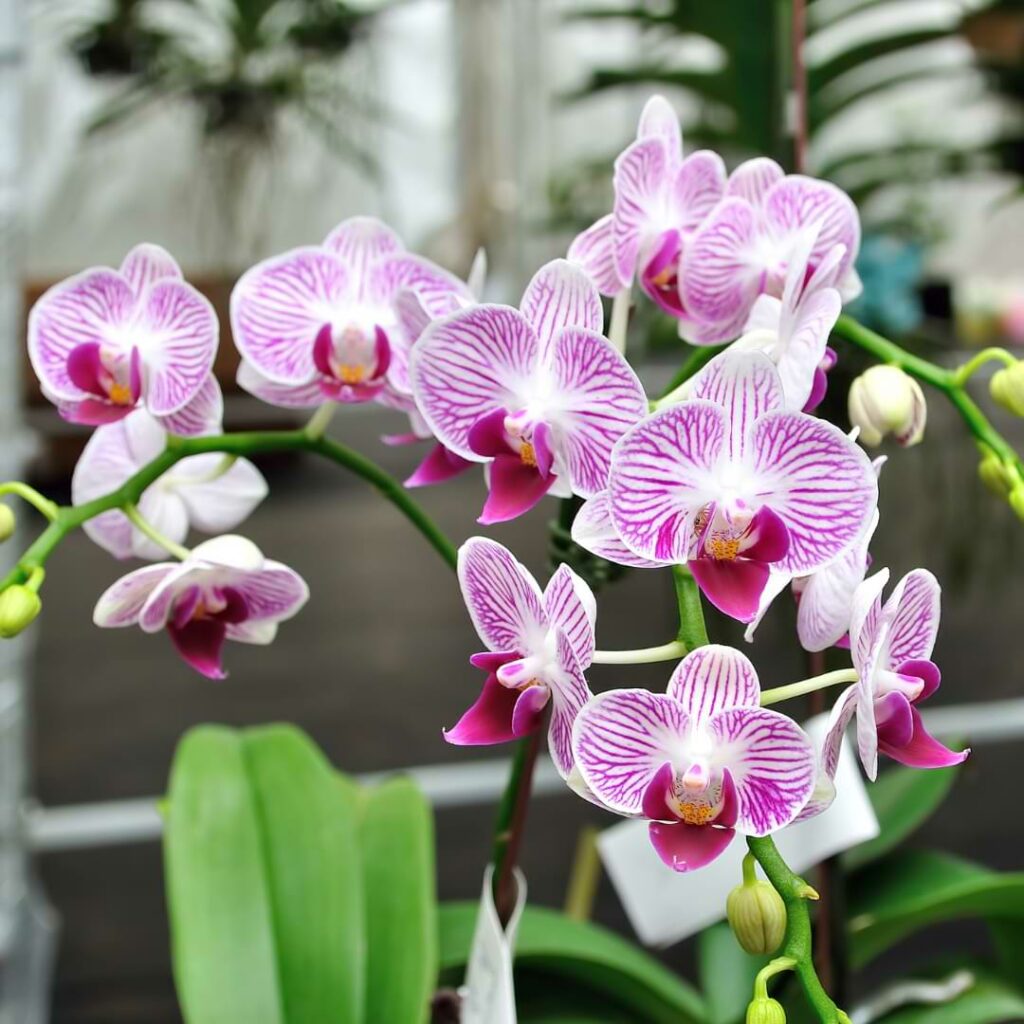Orchids! Just the name sounds kind of fancy, right? But don’t let that fool you. While some orchids are super rare and delicate, the orchid family as a whole is actually huge and incredibly diverse. Think of it like the dog family – you’ve got tiny Chihuahuas and massive Great Danes, all still dogs. Orchids are similar; they come in all sorts of shapes, sizes, and colors, growing in pretty much every corner of the world except for the really, really cold places.
One of the coolest things about orchids is their flowers. They’re not like your average daisy or rose. Orchid flowers have this special structure, often with three petals and three sepals (which look a lot like petals). One of these petals is usually extra fancy and looks different from the other two – it’s called the labellum, or lip. This lip is like a landing pad and a signpost all in one, designed to attract specific pollinators, like bees, butterflies, or even tiny flies. It’s often brightly colored, fuzzy, or has intricate patterns. It’s like the orchid is saying, “Hey, you! Come land here, I’ve got something for you!”
And how do these orchids grow? Well, that’s another interesting story. A lot of the orchids we see and love, like the Phalaenopsis (those common ones you see in grocery stores), are epiphytes. Now, that’s a fancy word, but it just means they grow on other plants, usually trees, for support. They don’t take nutrients from the tree like a parasite; they just use it as a place to hang out and soak up sunlight and rainwater. Their roots are often exposed and kind of thick, which helps them cling to bark and absorb moisture and nutrients from the air. Other orchids are terrestrial, meaning they grow in the ground like most plants, while some are even lithophytes, growing on rocks! Talk about adaptable.
Taking care of orchids can seem a bit intimidating at first, but once you understand their basic needs, it’s not too tricky. They generally like bright, indirect light – think of the light filtering through the leaves of a tree. Direct, harsh sunlight can actually burn their leaves. When it comes to watering, less is often more. Overwatering is a common mistake and can lead to root rot. The frequency of watering depends on the type of orchid, the humidity, and the temperature, but generally, letting the potting mix dry out a bit between waterings is a good rule of thumb.

The potting mix for orchids is also special. Because many are epiphytes, they need a mix that allows for good air circulation around their roots. You won’t typically find them growing in regular potting soil. Instead, you might see mixes made of bark, moss, or other chunky materials. This helps prevent the roots from staying too wet.
Orchids have been captivating people for centuries. In some cultures, they symbolize love, beauty, and strength. They’ve been collected, studied, and bred to create the incredible variety of colors and patterns we see today. From delicate white blooms to vibrant purple splashes and even some that look like tiny monkeys or dancing ladies, the orchid world is full of surprises.
In conclusion, the orchid family is a testament to the amazing diversity of the plant kingdom. Their unique flowers, varied growth habits, and fascinating adaptations have made them a favorite among plant lovers worldwide. While they might have a reputation for being high-maintenance, understanding their natural environment and basic needs can unlock the secrets to successfully growing these captivating beauties.
Frequently Asked Questions About Orchids

What’s the biggest mistake people make when caring for orchids?
How often should I water my orchid?
Do orchids need a lot of sunlight?
What kind of potting mix is best for orchids?
Orchid Plant
